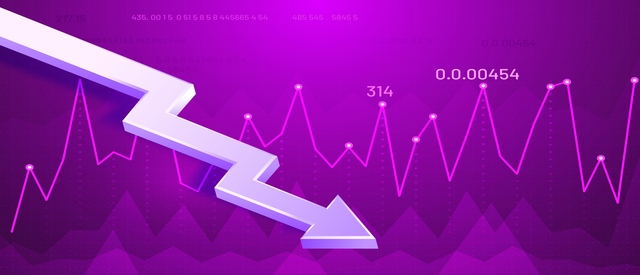
By:
José Carlos Feliciano
Deputy Director of the Center for China and Asia-Pacific Studies of Pacific University.
August 5 marked a significant downturn for the Japanese stock market, which suffered its worst drop since October 1987. The Nikkei 225 index, the most popular stock market index in Japan, fell by 4,451 points, setting off alarms in the world’s main economies. The reasons for this drop can be explained by a combination of several factors, which mainly include the rise in the Bank of Japan’s benchmark short-term interest rate from 0.1% to 0.25%.
Historically, Japan has had extremely low and sub-zero interest rates. This has allowed institutions and individuals to borrow in yen, buy U.S. dollars and use them to invest. In this way, a yen-denominated debt is obtained at extremely low interest rates in what is known as a “carry trade”. However, economic inflation has forced the Bank of Japan to raise its interest rates in order to halt the devaluation of the yen, which is the objective of the new measures described above. In addition to this increase in interest rates in Japan, there is also the news and forecasts of a possible recession in the US economy, generated by certain economic indicators that were presented a few days ago, such as the US employment report for July, causing fears of an economic slowdown and high expectations regarding the actions of the US Federal Reserve.
In addition to these variables, there are other global factors present such as the Chinese economic slowdown and the geopolitical tensions in Asia and the Middle East. For example, Taiwan’s TAIEX stock index fell by 8.4%, while South Korea’s KOSPI stock index fell by 8.8%. Similarly, the Singapore and Vietnamese indexes fell by nearly 4%, and those of Australia and Indonesia lost more than 3% of their value.
The effect of this global situation and the fall of the world’s main stock exchanges also affected the Lima Stock Exchange, which saw a fall in most of its indexes. Likewise, the value of the dollar appreciated in relation to the Peruvian nuevo sol during the day, in the search for safer options in the face of the international outlook that occurred that same day.

